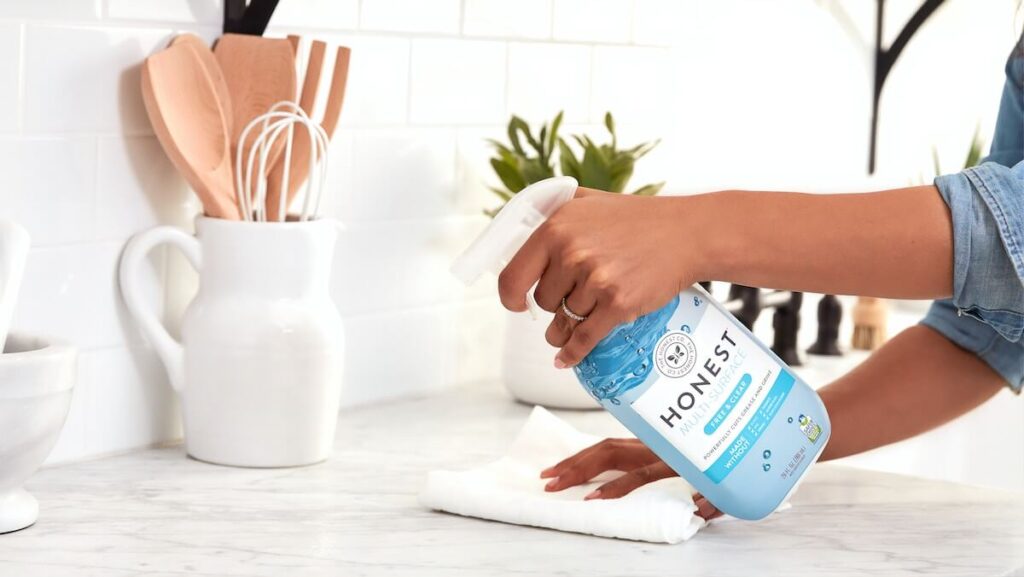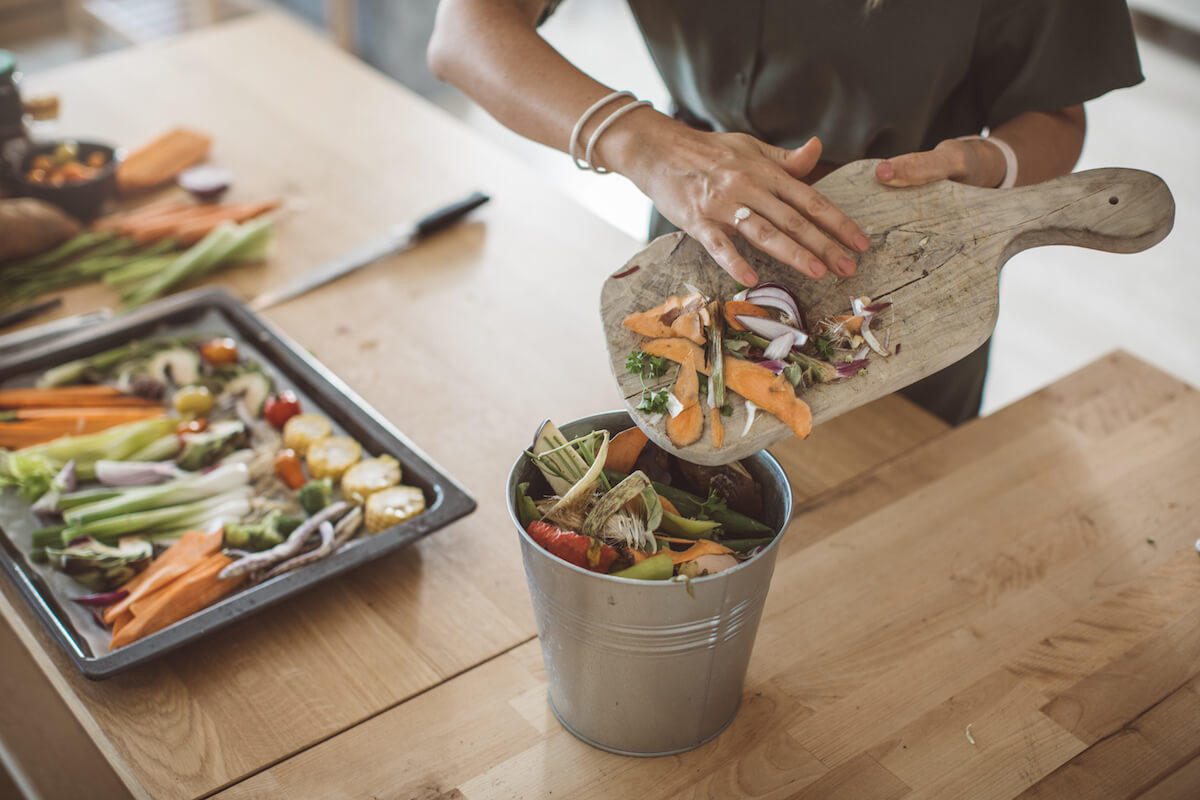2020 has arrived, and there’s no better time to go green. “Going green” means using practices in your everyday life that make it more environmentally friendly and sustainable.2020 has arrived, and there’s no better time to go green. “Going green” means using practices in your everyday life that make it more environmentally friendly and sustainable.
As our landfills begin reaching capacity and oceans now have more plastic than fish, it’s becoming clear how important it is to minimize our impact on the environment.
The more we learn about the environment, the more ways we’re discovering to go green—and the more people that are getting on board.
In fact, so many people want green homes now that 80% of homebuyers would prefer green homes with energy sustainability to regular homes.
Not only can you minimize your environmental impact by doing things like saving water and energy. But as the new decade approaches and the importance of environmental sustainability increases, going green now comes with additional rewards for homeowners:
- You’ll save money on your water and energy bills.
- You’ll be prone to less toxins that are in certain cleaning chemicals and other household items.
- Some “green” home alterations can increase the value of your home when you sell it.
- You’ll be more productive —cleaner air means a clear mind!
- Using nontoxic home products benefits the land you live on as your home ages.
Ready to take the next steps toward an environmentally responsible home? Let’s start with your kitchen.
Going Green in the Kitchen
The kitchen is a great place to start when going green because it has plenty of opportunities for updates. With just a handful of simple habit changes and appliance updates, you can have an environmentally sustainable kitchen.
Switch to LED Lighting
Fluorescent and incandescent lighting is seeing its way out in every room, the kitchen included. Their replacement? LED Lighting.
LED lights use up to 90% less energy than fluorescent and incandescent bulbs, and can last up to 48,000 hours longer.
They’re also better for your eyes. Fluorescent and incandescents emit UV rays, which can damage your eyes. Frequent exposure to UV rays indoors can cause headaches, eye strain, blurred vision, and a higher risk of eye disease.
LED’s, however, emit no UV light. And they can be more convenient, too:
- A smaller size
- Reduced temperatures
- Longer lasting
Consider the slight price increase to be a long-term investment in convenience and sustainability. What could be better?
Use Green Cleaning Chemicals

Everyday cleaning supplies can be full of toxins. Many supplies can be irritating to your eyes and throat, and cause headaches. Some toxins found in common cleaning supplies and what you should use instead include:
Phthalates
- Found in many products with fragrances, phthalates interfere with the endocrine system. This can mean lowered sperm count for men. It’s also been found to affect female fertility and agitate any asthma and allergy issues.
Use instead:
- All natural air fresheners that use essential oils. For example, create a stovetop simmer using citrus peels, spices and essential oils and simmer as long as you’d like.
Quarternary Ammonium Compounds
- These are in fabric softeners and some antibacterial cleaning products.· Unfortunately these can cause concerning side effects, like dermatitis and respiratory disorders.
Use Instead:
- A teaspoon of white vinegar to help prevent clothing static, and the same vinegar mixed with a bit of tea tree oil for an antibacterial cleaning agent.
Chlorine
- Exposure to chlorine in our water system in addition to cleaning supplies like toilet bowl cleaners, mildew removers, and laundry items can pose a threat to our thyroid and disrupt the thyroid processes.
Use Instead:
- There isn’t much (if anything) chlorine can do that baking soda and vinegar can’t do as well.
- If you’d like to filter the chlorine rom your drinking water, be sure to purchase a water filter.
While baking soda, vinegar and citrus scent can take care of most of your cleaning needs, sometimes you need some extra “oomph.” Luckily there are plenty of affordable and all-natural DIY cleaner recipes you can try at home.
If DIY isn’t your thing, products like Dr. Bronner’s soaps or Mrs. Meyer’s are proven to be toxin free.
Start Composting
Much of what you throw away (28%, to be exact) can instead be used to help create quality soil where plants can thrive.
Most organic material can be used in compost, such as:
- Shredded newspaper
- Wood chips
- Fruits and veggies
- Houseplants
- Hair and fur
- Tea bags
- Nutshells
- Eggshells
- Coffee grounds
To create a quality compost, it helps to categorize the material you plan on composting into one of 2 different categories:
Browns
- Includes dead leaves, branches and stems. Brown material provides carbon for the compost.
Greens
- Includes fruits, veggies and plant clippings. Green material provides nitrogen for your compost.
For quality compost, you’ll want an equal mixture of browns, greens, and water to help break down the materials.
You can use your compost by mixing it into your soil. This will provide nutrients the soil needs to grow quality plants, as well as reduces the need for chemical fertilizers and lowers the amount of methane emissions.
Upgrade to Green Energy Appliances
This year there are plenty of options for green energy appliances, and whether you choose an energy efficient dishwasher, oven or both, you’re still doing your part to have an eco-friendly kitchen.
If you’re not quite ready to switch out your appliances completely, there are plenty of ways to ensure the ones you have are more efficient.
One easy way to do so is to ensure you’re cleaning your appliances properly.
Having clean appliances can help make sure they run efficiently and for longer.
A few handy tips:
- Make sure your fridge coils are free from residue.
- Defrost your freezer
- Keep your oven free of grease and debris
By switching out a few lightbulbs, swapping your chemical-filled cleaners for all natural ones, and learning how to compost, you’ve taken 3 huge steps toward going fully green.
Give yourself a pat on the back knowing you’re taking the initiative to help out the environment and the health of your family.
Don’t stop now! Use the rush of having a healthy home to motivate you in detoxifying your air »


